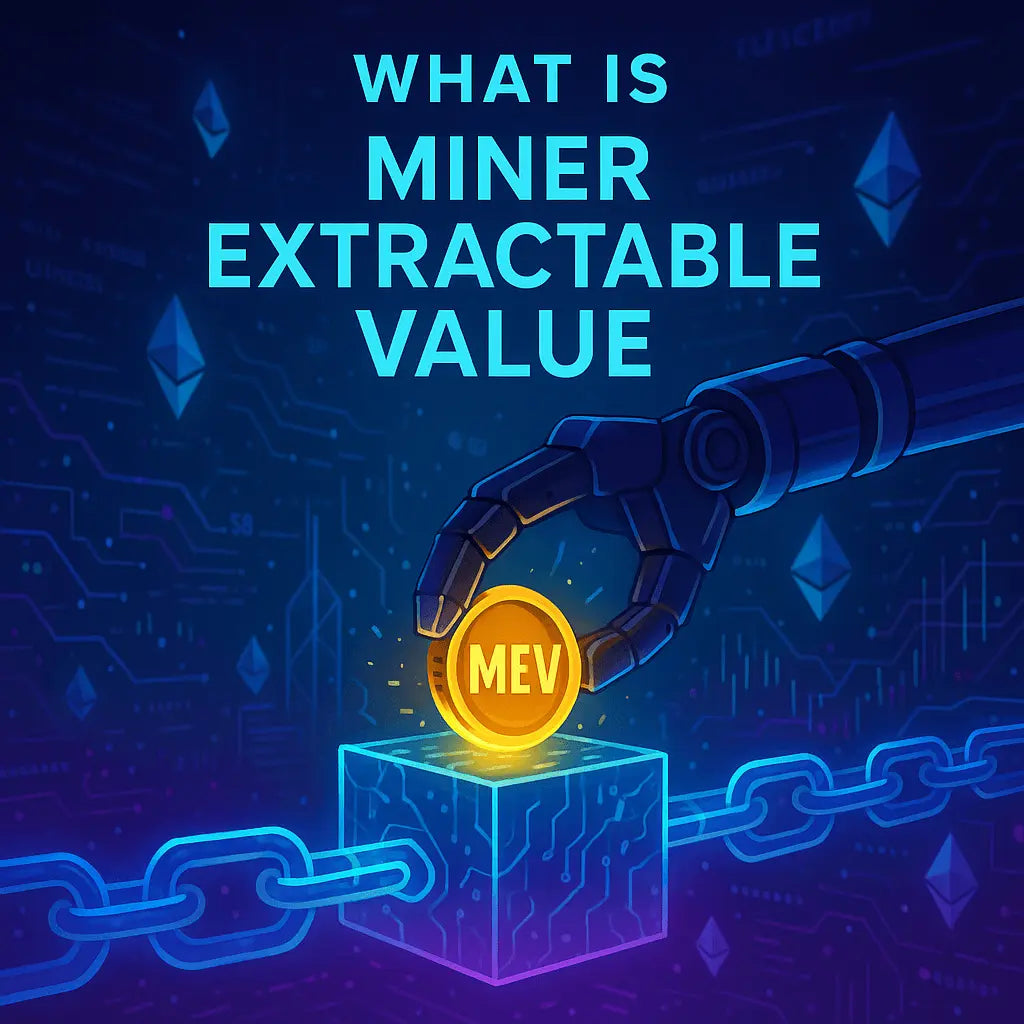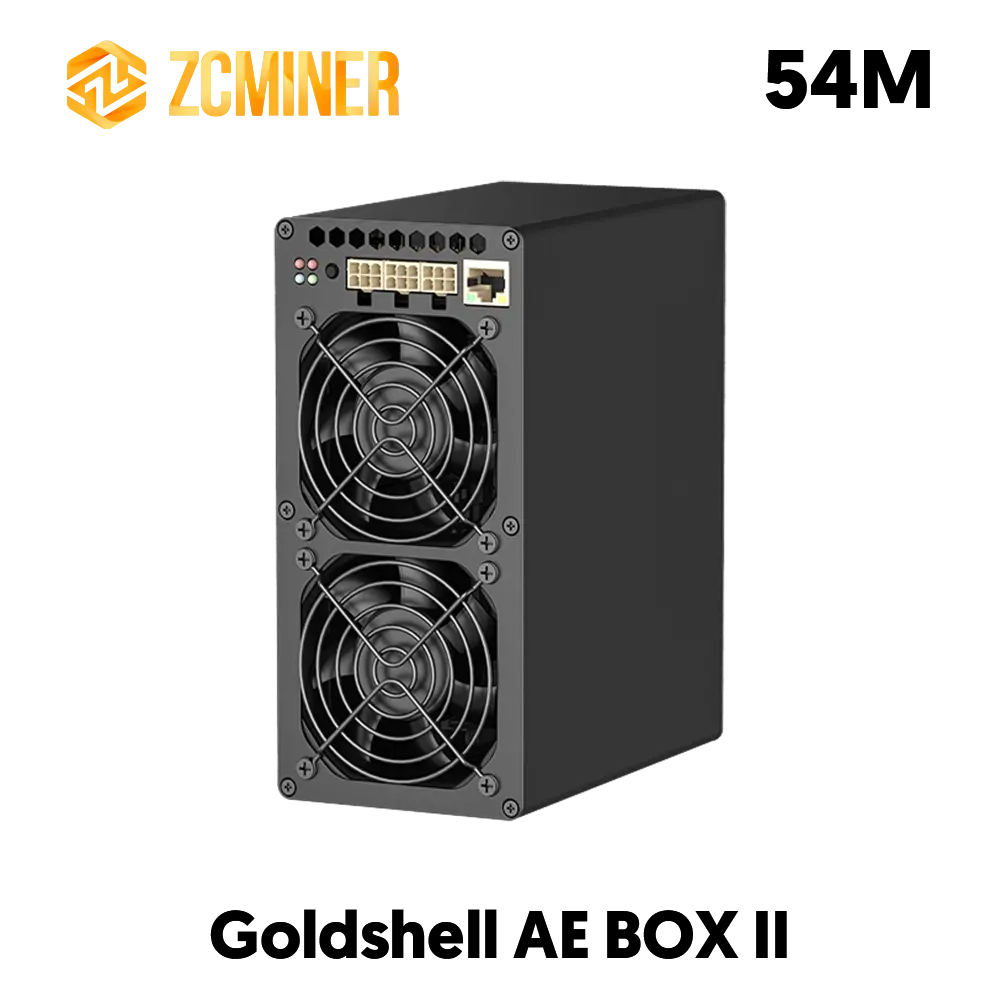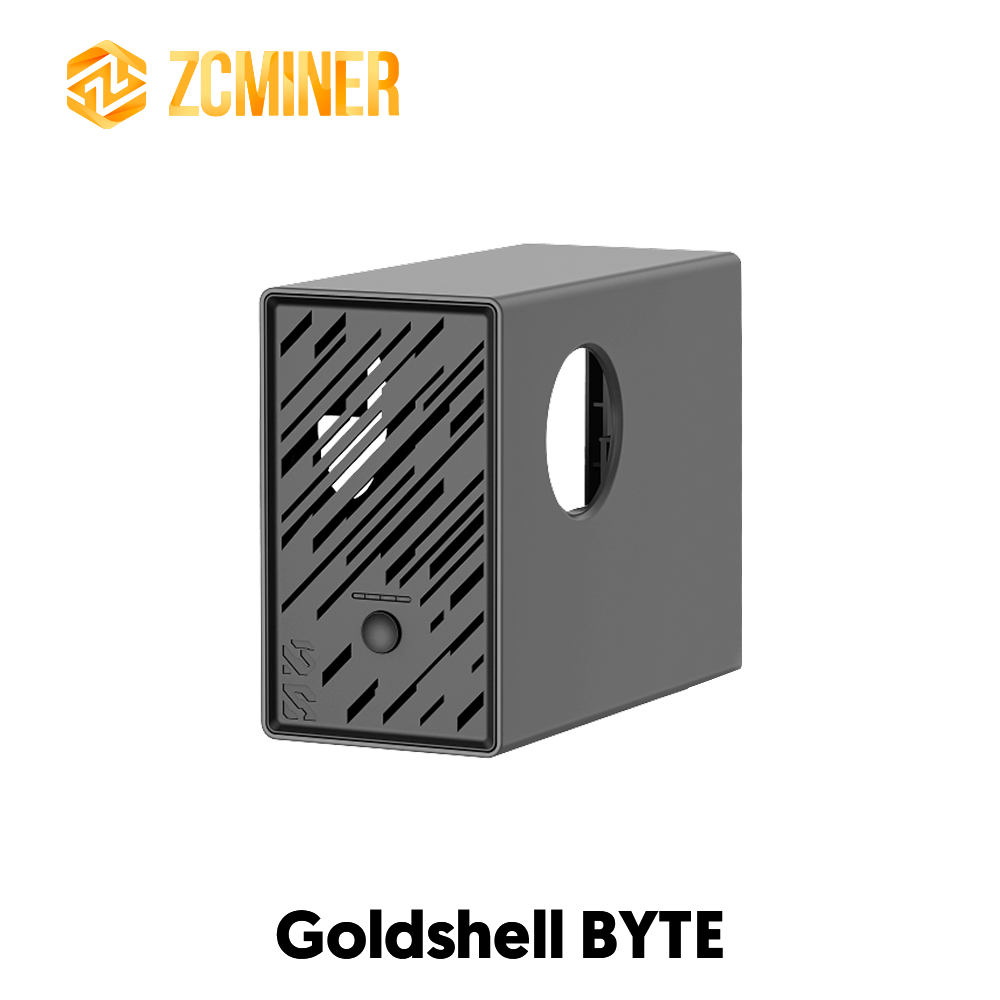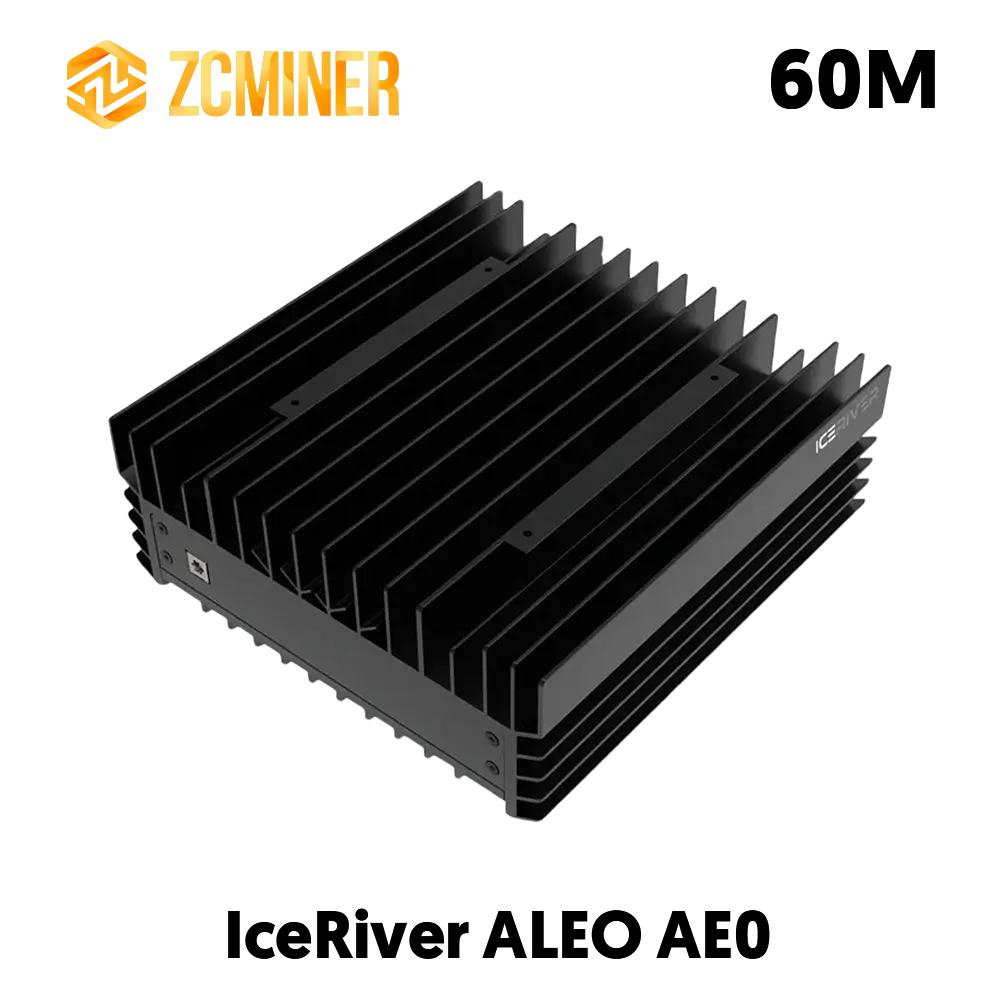OVERVIEW
Miners are essential to the security of cryptocurrency because they use a process called crypto mining to verify transactions. Block validation is a constant competition among miners. The network's security and integrity are preserved in part by this rivalry.
By successfully adding new blocks to the blockchain and receiving transaction fees, miners in traditional mining are rewarded. But miners can make money in other ways as well. Have you ever considered the potential that miners could be able to obtain value in methods other than block rewards?
Because of their frequently strong positions, miners are able to engage with the blockchain in more calculated ways. Are miners able to make money in any other ways? Examining these options leads to a more thorough conversation on how miners may utilise their power and access to further their own interests as well as the network, sometimes going beyond the fundamentals of conventional block production.
Miner Extractable Value (MEV): What is it?
Miner Extractable Value (MEV) is the term used to describe the gains that miners can make in conventional Proof of Work (PoW) systems by adjusting the inclusion, exclusion, and ordering of transactions in the blocks that they create.
The phrase has changed, though, since Ethereum 2.0 and its switch to a Proof of Stake (PoS) consensus method. MEV is now referred to as Maximal Extractable Value (MEV) in PoS systems. Here, rather than serving as miners, the block proposers serve as validators. They are therefore the ones who can extract this value.
The ability to validate transactions in blocks is granted to miners or validators in Ethereum's proof-of-stake systems. When it comes to guaranteeing the final transactions, they are ahead of other users. The largest fees should ideally be at the front of the transaction sequence. Miners do, however, occasionally have the chance to strategically reorder the transactions in order to make more money.
What, therefore, is wrong with miners earning that additional revenue? The true issue, despite its seeming simplicity, is when some of these miners have access to sophisticated equipment with powerful computation and high-level capabilities, which can enable them to identify and take advantage of MEV profit opportunities far more quickly than other network users.
These MEV profit opportunities are frequently complex. Users should look for these chances by analysing the chain. Users that use specialised bots to perform these identifications are more likely to receive additional rewards. This raises serious concerns about the blockchain's decentralised structure and opens the door for a centralised network.
Maximal Extractable Value (MEV): An Overview
The profit that can be made by changing the order or choice of transactions within a block is a better way to conceptualise the idea of Maximal Extractable Value (MEV). This manipulation could entail adding new transactions, rearranging ones that already exist, or even removing (censoring) some transactions completely.
Validators, who are in charge of suggesting new blocks, have considerable control over which transactions are included and in what sequence under Ethereum's Proof-of-Stake (PoS) mechanism. Validators have a strong tool to extract value beyond transaction fees and conventional block rewards thanks to their capacity to affect transaction processing.
MEV exploits the competitiveness and latency associated with blockchain transaction processing. Before being confirmed, a transaction sent by a user first passes through the mempool, a waiting area.
From this mempool, validators select transactions, frequently selecting those with the highest fees. They can, however, also change the sequence of transactions to their advantage. This allows the person in charge of the block production process to boost their personal earnings, sometimes at the expense of normal users.
Price differences across decentralised exchanges (DEXs), lending platform liquidation events, and other market inefficiencies might all present opportunities for MEV. Validators and other individuals with authority over transaction ordering may take advantage of these circumstances.
In the blockchain community, the possibility of extracting MEV has raised concerns since it might result in a number of problems, such as the concentration of power, the unfair advantage of some members, and dangers to the network's general security. Front-running, sandwich assaults, and various arbitrage schemes are typical instances of these exploitative techniques.
A key idea that all miners should understand is maximum extractable value. Addressing issues like MEV becomes essential as the blockchain and Decentralised Finance (DeFi) field develop quickly, combining PoW and PoS networks. As a result, we can preserve the crypto/blockchain space's integrity, security, and decentralisation.
How does MEV operate?History of Miner Extractable Value (MEV)
Maximal Extractable Value and Miner Extractable Value (MEV) are frequently used interchangeably. However, the term "maximum extractable value" actually applies to any actor—not only miners—that manipulates blockchain transactions.
As the field of Decentralised Finance (DeFi) continues to expand, MEV became a possible problem. Furthermore, the majority of DeFi platforms rely on cryptocurrency transactions and smart contracts. Therefore, we cannot consider the possibility of exploitation because it could result in serious harm. The MEV concept was the subject of extensive research and discussion as a result of all of that.
The idea has been around for a while, but it really took off when Ethereum became more well-known, mostly because of the growth of decentralised apps on its network. In their 2019 study "Flash Boys 2.0: Frontrunning, Transaction Reordering and Consensus Instability in Decentralised Exchanges," researchers Phil Daian, Steven Goldfeder, Tyler Kell, and Ari Juels coined the phrase "Miner-Extractable Value."
This ground-breaking study brought attention to the dangers and difficulties that MEV presents and stimulated more investigation and debate among Ethereum users.
How does MEV work?
A decentralised collection of machines known as "block producers" guards blockchain networks, like as Bitcoin and Ethereum, which function as permanent digital records. These are referred to as miners in Proof-of-Work (PoW) systems and validators in Proof-of-Stake (PoS) systems. After the network validates them, they are responsible for gathering pending transactions, organising them into blocks, and adding those blocks to the blockchain.
These networks ensure that new blocks are regularly added and that all transactions are legitimate (for example, by banning double-spending), but they do not ensure that transactions will show up in the precise sequence in which they were filed.
Block producers can select which pending transactions from the mempool—a temporary holding area for unconfirmed transactions—to include in each block because each block on the blockchain has a limited amount of space. They are not obligated to follow this order, even though they typically give priority to transactions that offer the greatest fees (gas prices) in order to make more money. Their ability to reorganise transactions to their financial advantage is known as maximal extractable value (MEV).
Block manufacturers frequently depend on third-party networks to assist in building blocks because extracting MEV necessitates a high level of technological expertise and resources. Three main participants are usually involved in these networks: searchers, builders, and relayed.
Searchers find MEV possibilities and compile transaction bundles, frequently incorporating transactions from other users. After that, builders receive these bundles and put them together to form whole blocks. The relayed, who provide as a bridge between the builders and the blockchain's block producers, receive these blocks from the builders. Although this is only one typical configuration for MEV extraction, the composition and functions of this ecosystem are always changing.
Regular consumers are frequently harmed by MEV extraction, sometimes in covert ways that aren't apparent until the transaction is finished. Users might, for instance, have poorer deal execution, with those who take advantage of MEV essentially stealing the value.
Examples of MEV
Since the field is always changing and searchers frequently keep their tactics a secret to safeguard their earnings, it is challenging to compile an exhaustive list of MEV extraction techniques. Nonetheless, there are a number of well-known and recorded instances of MEV in operation.

1. Attacks with frontrunning and sandwich
Front-running deals on decentralised exchanges (DEXs) by bots is a glaring example of MEV that hurts users. There is a waiting space for unconfirmed transactions since user transactions typically go through a public mempool. These bots are able to identify big deals and swiftly initiate their own transactions first in order to profit from the price shift, frequently at the expense of the user.
For example, a frontrunning bot may duplicate a user's trade and produce a transaction bundle in which its own trade is placed first if it detects a large deal. As a result, the price of the asset moves before the user's deal is executed, increasing slippage—the discrepancy between the expected and actual trade prices.
The bot promptly sells the asset in a follow-up trade to lock in a profit once the user's trade is finished and the price continues to move. We call this tactic a "sandwich attack."
The user's trade is then processed at a lower exchange rate, increasing the cost of using decentralised exchanges. As a result, the user receives less tokens than anticipated, creating a "invisible fee."
2. Liquidations and Arbitrage in Exchanges
When third-party bots engage in arbitrage between two or more decentralised exchanges (DEXs), MEV may also occur. When a cryptocurrency asset's price fluctuates between exchanges, frequently as a result of a significant trade on one of them, arbitrage opportunities present themselves.
In order to profit and contribute to price equilibrium across exchanges, bots take advantage of this by purchasing the asset where it is less expensive and selling it where it is more expensive. This kind of arbitrage, often referred to as cross-domain MEV, can occur across DEXs on different blockchains or even between on-chain DEXs and off-chain centralised exchanges.
Arbitrage opportunities have increased in frequency and profitability as DeFi usage and DEX liquidity have grown. As a result, arbitrage bot competition is fierce. These bots frequently engage in bidding wars, giving producers ever-higher fees in an attempt to block producers and get their transactions included in a block.
Even though arbitrage is typically a positive aspect of market activity, MEV bots have the ability to unfairly steal these chances from normal users. They accomplish this by keeping an eye out for pending arbitrage deals in the mempool, replicating them, and charging producers more to block producers so that their trades appear first. Similar circumstances arise on DeFi lending platforms, where MEV bots vie with one another to take advantage of loan liquidations before others do.
3. Frontrunning in general
Using bots that engage in a technique known as generalised frontrunning is a more sophisticated method of extracting MEV. These bots swiftly submit the identical transaction with a greater fee to block producers after scanning transactions that are pending in the public mempool. However, they substitute their own address for the original user's address.
White-hat hackers' attempts to protect at-risk user funds have even been thwarted by the strategy. The functions of the transactions are not entirely understood by these bots. Rather, they utilise algorithms to switch addresses, replicate transactions, and determine whether a transaction will be profitable before submitting it.
These represent only a few instances of how MEV is misused and how it can harm users. However, MEV can also occur in a variety of other ways. Block producers may employ ever more sophisticated techniques to reorder transactions and extract even more value from consumers if they begin to seize more MEVs for themselves.
MEV: Benefits and Drawbacks
MEV has several benefits, despite its drawbacks and unsuitability for cryptocurrency or decentralised spaces.
Advantages
MEV lessens DeFi protocols' economic issues. For instance, MEV's quick liquidations guarantee that lenders are paid back when debtors fail to maintain adequate collateral. Token prices on various DEXs are kept in line with the demand of the market as a whole by arbitrage traders.
These players assist address inefficiencies in specific protocols by utilising MEV to optimise their earnings, strengthening and improving the DeFi ecosystem. Additionally, proponents claim that by incentivising miners or validators to vie for the opportunity to produce new blocks, MEV enhances blockchain security.
Drawbacks
For everyday users, MEV may worsen the situation. A DEX sandwich attack, for instance, may result in a trade with large slippage, which would give users less value than they anticipated. Additionally, in order to get their transactions featured first, generalised frontrunners frequently pay higher petrol prices, which can slow down the network and raise transaction costs for other users.
Furthermore, block producers may attempt to alter previous blocks in order to acquire more MEV if the MEV rewards grow larger than the typical block rewards. This could compromise the network's stability.
FINAL RESULTS
In proof-of-stake systems, Miner Extractable Value (MEV), also referred to as Maximal Extractable Value, highlights the intricate relationship between blockchain architecture, incentives, and user experience. MEV can increase market efficiency through arbitrage and liquidations, but it frequently compromises security and fairness, affecting ordinary users through strategies like sandwich attacks and frontrunning.
It will be essential to address MEV-related hazards in order to guarantee a more open, safe, and user-friendly ecosystem. Current research and innovation will be crucial in striking a balance between profit incentives and network integrity and decentralisation.











Leave a comment
This site is protected by hCaptcha and the hCaptcha Privacy Policy and Terms of Service apply.